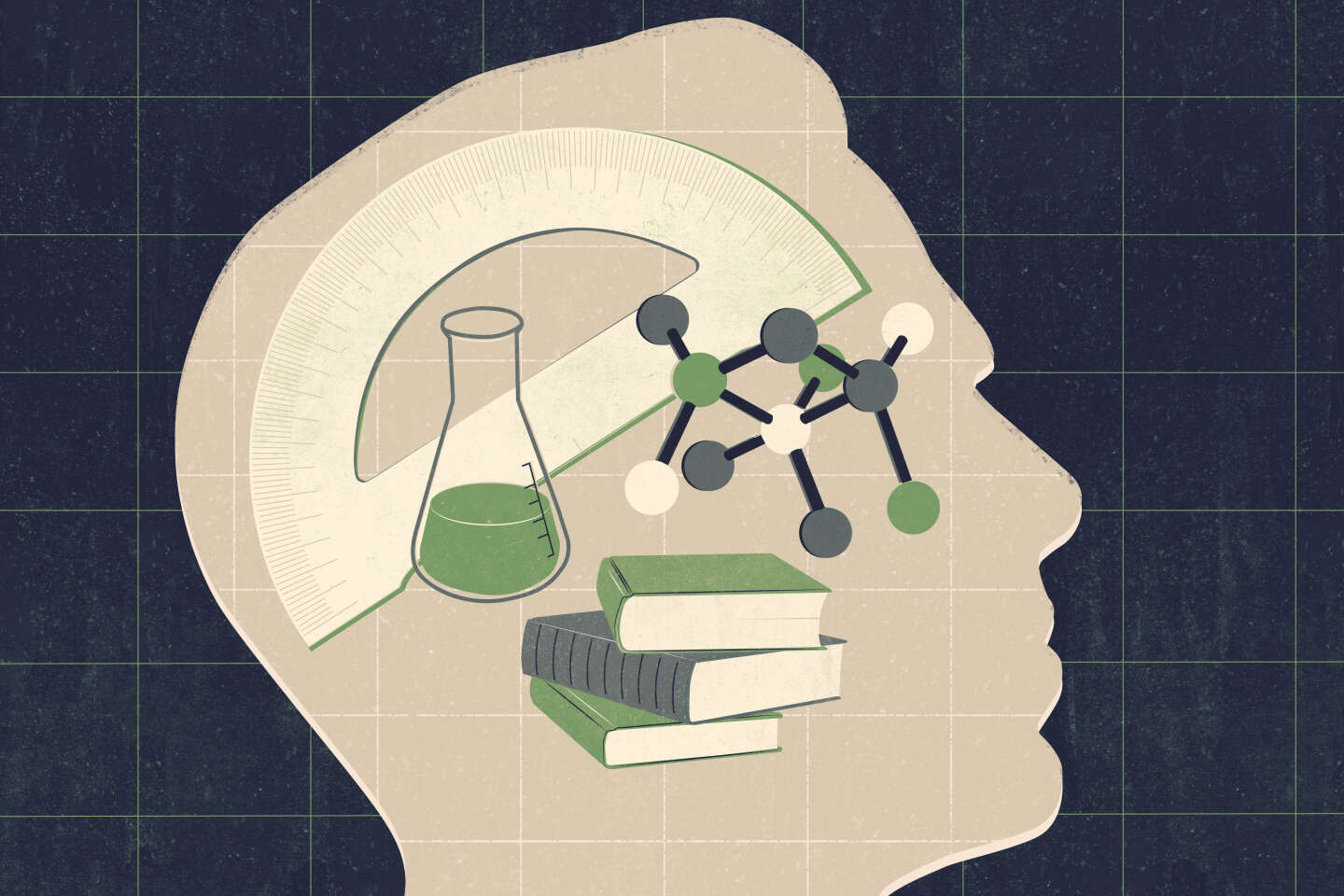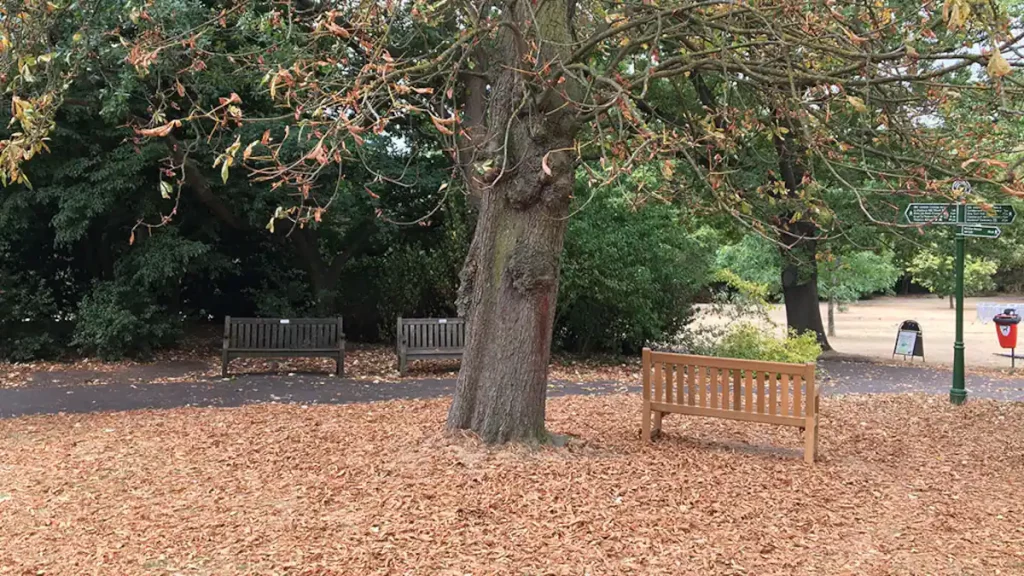Instead of vibrant green, many gardens, parks and forests sport hues of yellow to brown. Leaves pile up under the trees. The UK has entered a ‘false autumn’ after a hot and dry summer.
• Read more: Dozens of deaths related to extreme weather worldwide
• Read more: The smell of burning forests in Portugal reaches Madrid
• Read more: Rain brings relief in France’s fight against massive wildfires
The effect of almost a year of historically low rainfall, marked by July’s record temperatures, is very striking on England’s streets, including overcast mid-August on London streets.

AFP
“Because of the heat wave, we’re experiencing what’s called a ‘false autumn’. The leaves are changing color and falling to the ground prematurely as the trees go into survival mode because of the drought,” Horniman Museum and Gardens, a museum and park located in south London.
This early fall occurs as trees shed their leaves in an attempt to retain moisture.
While older trees with deep roots can resist this episode, younger trees are more vulnerable.

AFP
“Trees secrete hormones that they use in autumn to help them recover and ensure survival,” explained Rosie Walker, from the charity Woodland Trust. “They will continue like this for a few years, but if we are not very careful it will start to affect our trees,” he told the BBC.
Temperatures hit 40 degrees for the first time in the UK in July, the driest month on record in many parts of southern and eastern England. Previously, the winter and spring were the wettest since the 1976 drought.
The situation, attributed to climate change, has prompted officials to ban the use of garden hoses to save water in some areas.
Like most gardens in the capital, in Kensington Park, which along with Hyde Park is London’s best “green lung”, dead leaves crunch under the feet of tourists, while geese, ducks and other birds peck at the grass. A worn door.

AFP
In the groves, fruits such as wild blackberries, which are usually ready to eat in autumn, appeared earlier than expected, but some of them were already ripe by the end of June, the Woodland Trust said.
Other berries and nuts ripen early and are therefore at risk of running out quickly, leaving some animals sheltering without adequate shelves this fall.
Steve Hussey of the Devon Wildlife Trust in south-west England said: “Climate crisis is bringing seasonal weather patterns that our wildlife simply cannot adapt to.

AFP
“Our long, hot summer and erratic autumn will affect many species in the true fall months and beyond,” he warned.
For his part, Lee Hunt, adviser to the Royal Horticultural Society, notes that a similar situation occurred during the long drought of 2006-2007 and just before the Covid-19 pandemic.
“It’s been particularly tough this year,” he told Times Radio on Wednesday. “But what I’m noticing is that these events seem to be happening more often.”

AFP
“This is consistent with climate change: hotter, drier summers and more erratic rainfall,” observed Mr Lee.
And “it’s happening much faster than in previous generations,” he added, adding that these weather conditions will eventually change the UK’s landscapes, from gardens to parks to woodlands.

“Certified food fanatic. Extreme internet guru. Gamer. Evil beeraholic. Zombie ninja. Problem solver. Unapologetic alcohol lover.”







More Stories
Crime and muse dominate the countryside
Two men have been charged with cutting down England's iconic tree
“Meta is aggressive and ready to fight the laws that trouble him in Australia,” Terry Flew